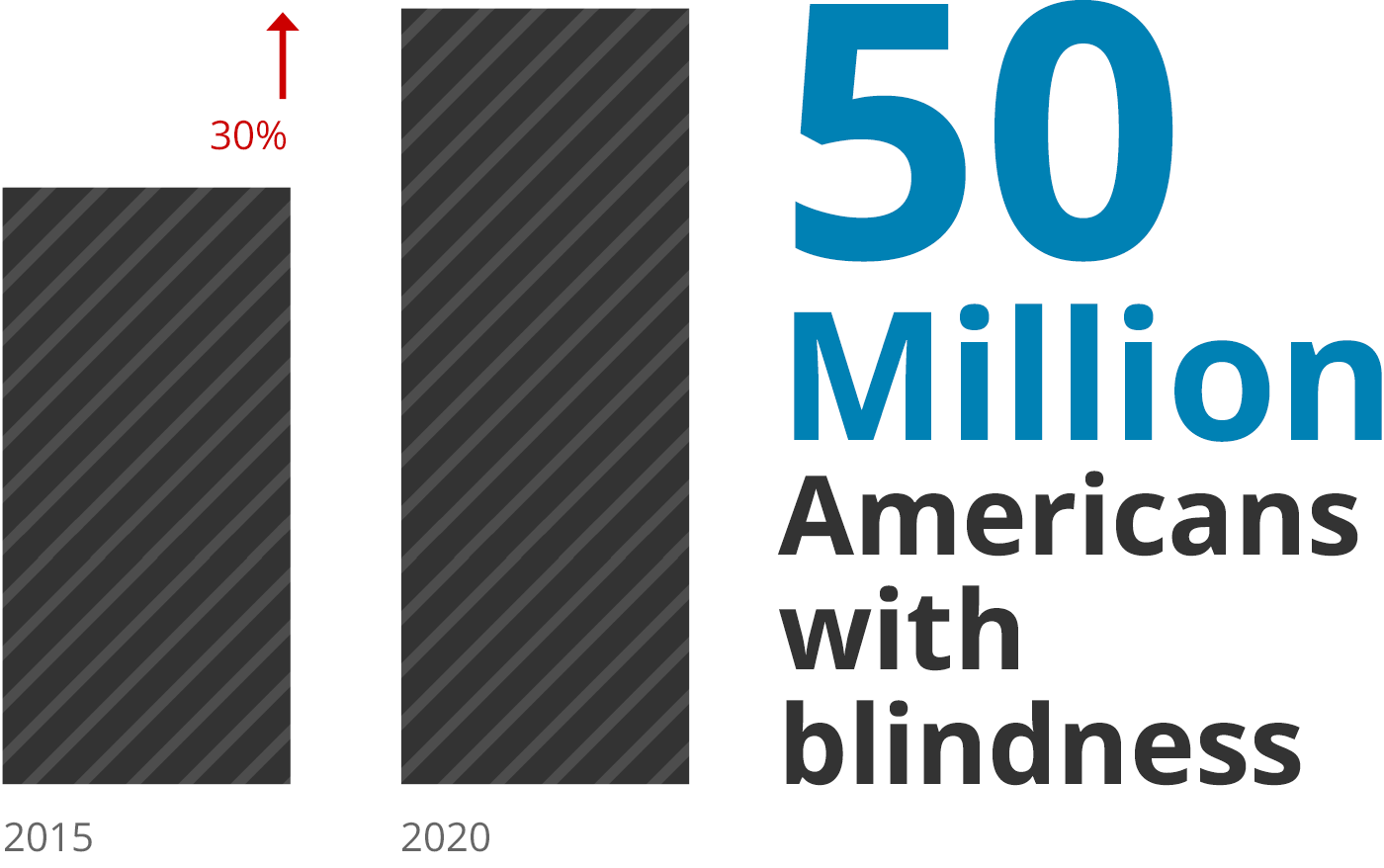
Patient Information
Eye Health Life Health
Did you know that maintaining healthy eyes is essential for a healthy life? Eye health is connected to serious chronic conditions, including diabetes, glaucoma, high cholesterol and hypertension. Comprehensive eye exams can detect these, and can help prevent permanent vision loss from glaucoma and diabetes.
Eye disease and vision impairment have far-reaching implications for patients, families and society as a whole – and they’re on the rise. Due to the aging population and disproportionate incidence in fast-growing minority populations, vision loss causes a significant social and economic toll for millions of people. In fact, the National Eye Institute (NEI), within the National Institutes of Health (NIH), estimates that the annual cost impact of vision loss and eye disease is $68 billion.
As Seen on TV
About Us
The Eye Health Life Health Coalition consists of healthcare and community organization representatives. The Coalition is dedicated to advancing the awareness of the connection between eye health to the overall health and well-being of individuals. With a special focus on underserved populations, the Coalition works with local health, social service and business community leaders, as well as primary care providers, optometrists and ophthalmic specialists.
The Eye Health Life Health Coalition is housedand coordinated by the Illinois Eye Institute.Members include representatives from: Illinois Eye Institute, Illinois College of Optometry, Loyola Stritch School of Medicine, Prevent Blindness, Sinai Medical Group, Chicago Department of Public Health, Christian Community Health Center, EverThrive Illinois, Sargent Shriver Center on Poverty Law, and Trinity United Church of Christ.
Funding support is provided by the Lloyd A. Fry Foundation, The Chicago Community Trust, Michael Reese Health Trust, Genentech, The Bowman C. Lingle Trust, and The Alcon Foundation.


How Eye Health Impacts Overall Health
As windows to the world, our eyes are also the windows to general well-being. Eye health goes well beyond vision. Several chronic conditions, such as diabetes, are connected to eyes, making it especially important to keep them healthy. By understanding the significant role that eye health plays, we can make positive strides in our own health, and the health of millions of Americans.
The increases of eye disease and vision impairment are impacting patients, families and our society as a whole. By 2020, the number of Americans with blindness, low vision or an age-related eye disease is expected to grow by nearly one-third – to some 50 million people (The Silverbook: Vision Loss).
Eye disease and vision impairment are increasing not only because of the aging of the population, but also due to their disproportionate incidence in fast-growing minority populations and the increased incidence of chronic diseases for which vision loss is often a co-morbidity, such as diabetes (Share Care).
For adults over 18, vision disability is one of the top 10 disabilities, and one of the most prevalent disabling conditions among children (CDC).
But there’s hope – comprehensive eye exams can help prevent or slow permanent vision loss. Eye diseases such as cataracts, glaucoma or macular degeneration can be slowed or treated through regular eye exams (Share Care).
However, of an estimated 61 million adults in the United States at high risk for serious vision loss, only half visited an eye doctor in the past 12 months. (CDC)
Many common eye diseases, such as glaucoma, diabetic eye disease, and age-related macular degeneration, often have no warning signs. A dilated eye exam is the only way to detect these diseases in their early stages. According to a study by UnitedHealthCare, eye care practitioners and a comprehensive eye exam can detect diabetes, high cholesterol and hypertension.
Additionally, screening and treatment for eye disease in all type 2 diabetes patients would result in an estimated net savings of over $472.1 million – in 1994 dollars (Javitt et al. 1994, Preventive Eye Care in People With Diabetes is Cost-Saving to the Federal Government).
